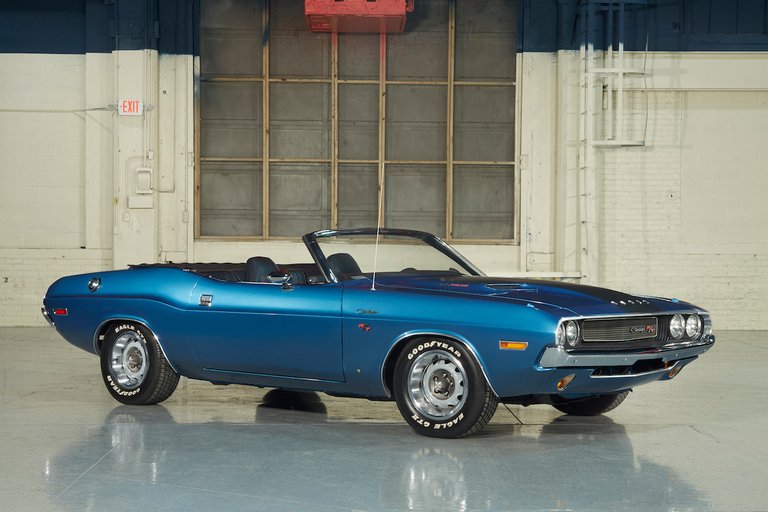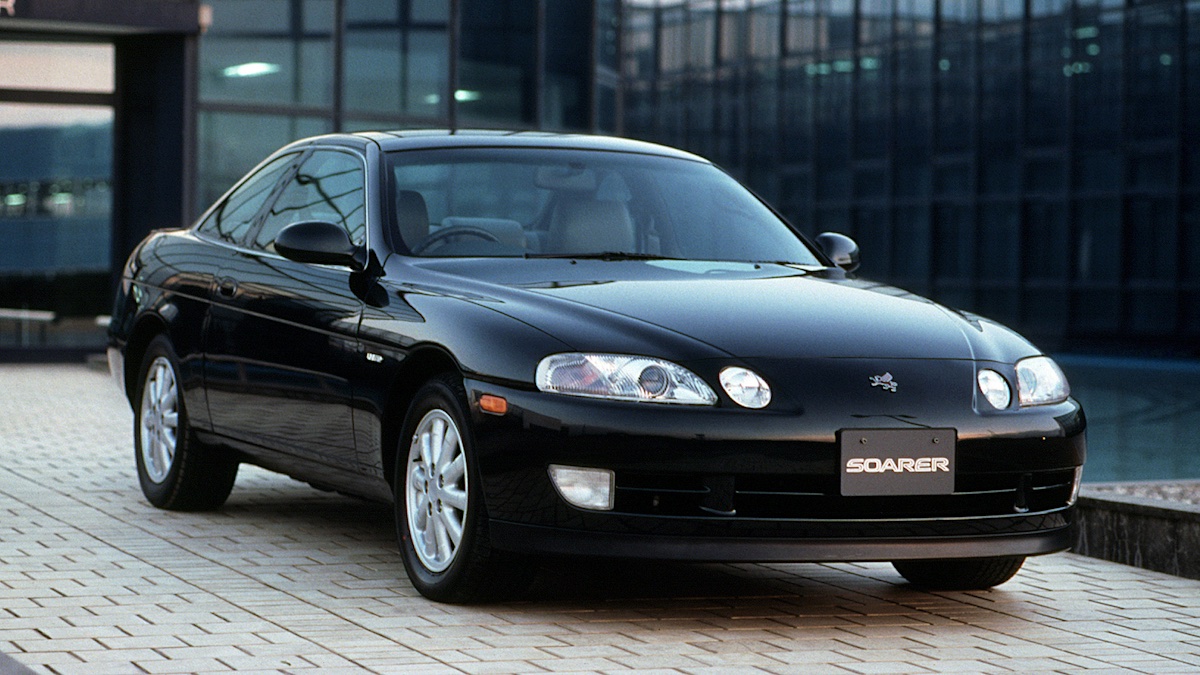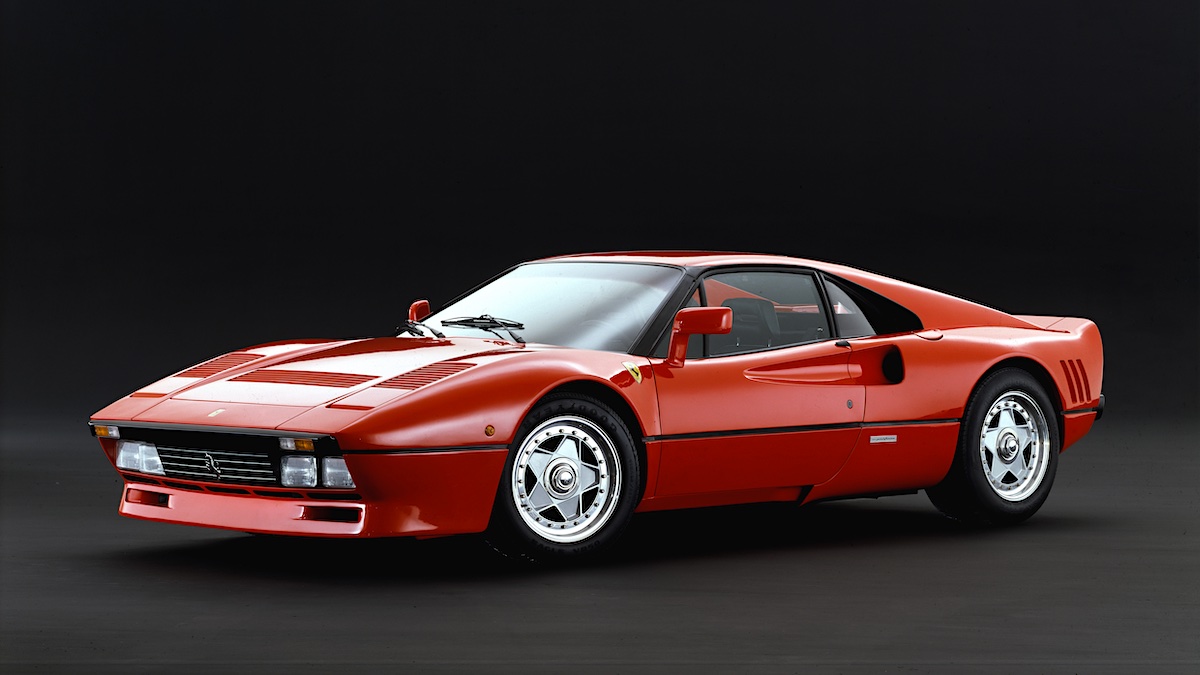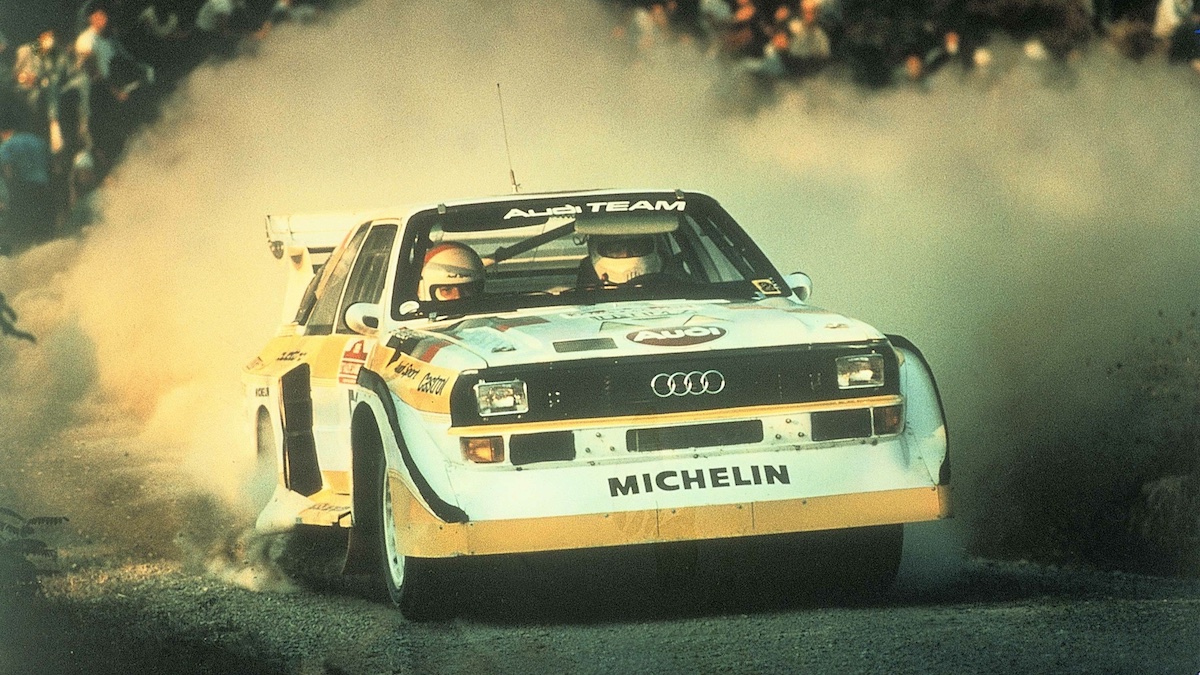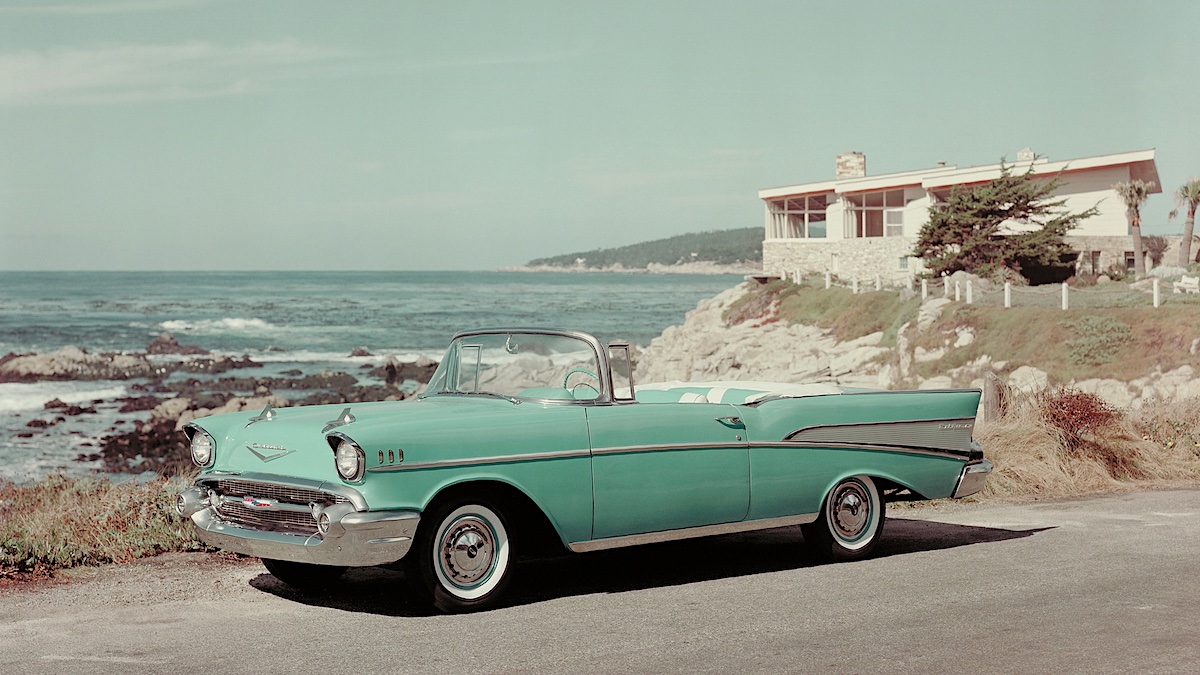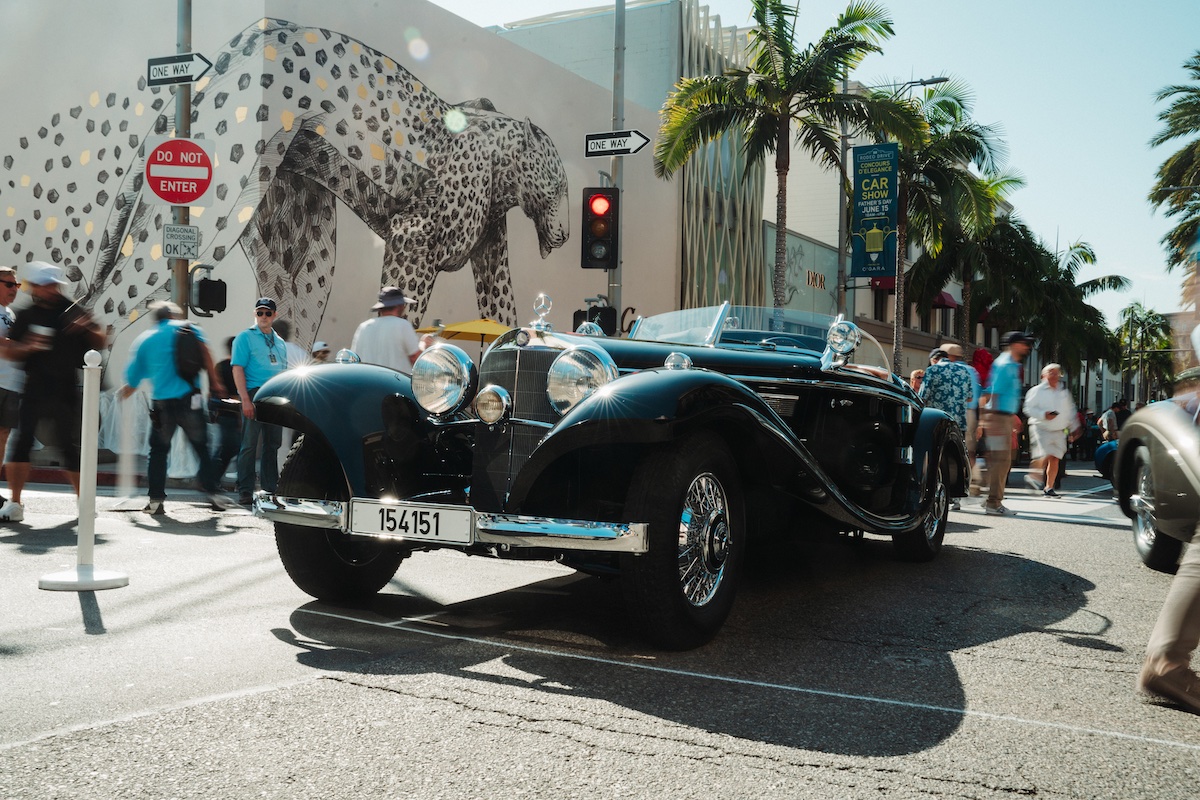The Challenger R/T, available as a coupe or convertible, is the sportiest and most desirable version of Dodge’s 1970s pony car (Image: Stellantis)
When Chrysler in the US belatedly got around to building a proper Pony Car, it came in two sizes, with different length wheelbases and some of the most powerful production engines ever made.
Collectively, they were the Dodge Challenger and Plymouth Barracuda, a feisty duo which offered too little and arrived too late to take full advantage of the relatively short-lived Muscle Car era.
The Challenger was the larger and more luxurious of the two models, intended to match Pony Car rivals like the Pontiac Firebird, Mercury Cougar and American Motors’ Javelin, while the shorter wheelbase ‘Cudas were aimed at smaller and cheaper rivals including Mustang, Camaro and AMX.
Dodge versions were more expensive than a Plymouth ‘Cuda of comparable specification and although the Challenger did offer a six-cylinder engine, 87 percent of cars delivered during 1970 were V8s.

The Challenger was the larger and more luxurious of Chrysler’s two pony cars of the time, positioned above the Plymouth Barracuda (Image: Stellantis)
The bent eight range began with the 5.2-litre, 318 cubic inch ‘Fireball’ motor that will be familiar to local Valiant enthusiasts, and was supplemented by the 5.5-litre ‘340’ and a range of Big Block V8s.
This Big Block range started at 6.3-litres with a single carburettor and extended to a single-carb 440 cubic inch (7.2 litre) V8. However, for serious performance and a notional 375bhp (278kW), Challenger buyers could specify the 426 cubic inch (7.0-litre) Hemi or the 440 cubic-inch ‘Six Pack’ with its trio of dual throat carburettors.
Challengers were offered in basic trim or as the more elaborate SE. Buyers wanting performance plus the SE’s additional bling could upgrade to an R/T version with the 383 Magnum V8, sports wheels, distinctive striping and Rallye gauges decorating the dash.
By 1971 the Challenger debuted a range of minor changes but the muscle car market was already in steep decline thanks to the fuel crisis, and sales plunged from 83,000 in 1970 to just 26,000 in 1971.
New rules governing advertising of engine output did immense harm to the Challenger’s performance image, while punitive insurance premiums helped end availability of the 426 and 440 six-pack engine options.
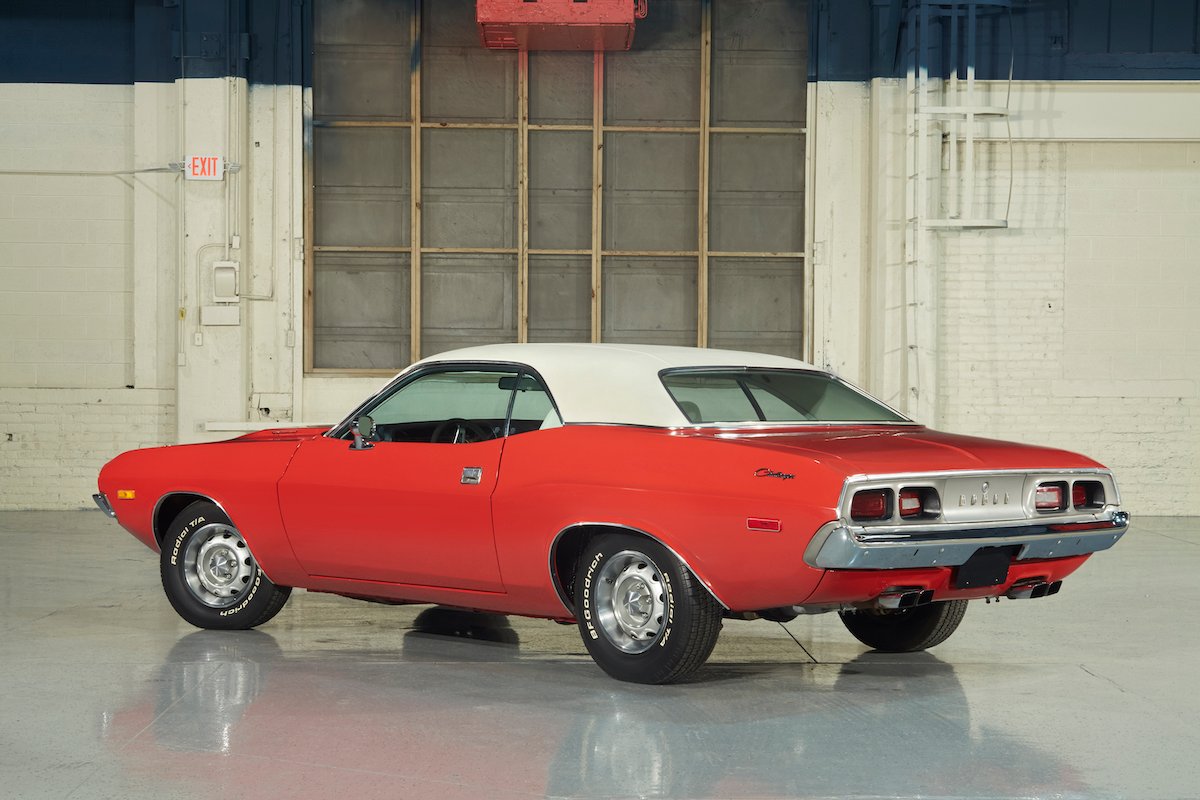
Challengers were offered in basic trim versions like the car you see here, along with the more elaborate SE and sporty R/T (Image: Stellantis)
V8s available during 1973 included the enduring 5.2-litre, albeit strangled by emissions equipment and rated at a lowly 112kW. A single carburettor, low-compression version of the 440 also remained, but it too was neutered and mustered a limp 208kW.
High-quality Challengers are scarce, even in the USA, with Hemi-engined cars now very hard to find and expensive. Some versions were built in tiny numbers and when values peaked a few years ago these could sell for more than US$1 million.
Challenger values – according to US market analysts conceptcarz.com – have risen on average by 62 percent since 2015, but price movements aren’t consistent across all versions. The top price paid at auction during 2023 was US$1,070,000 but the peak during 2024 was US$329,500.
Most Challengers available in Australia will be left-hand drive coupes, with automatic transmission and the 318 or 383 cubic inch engines. Prices asked during recent years were sometimes ambitious, but excellent big-block cars should sell in the vicinity of $80,000.
Hemi and 440-6 versions remain in demand globally and although values at present are muted, these offer good prospects for long-term value growth.
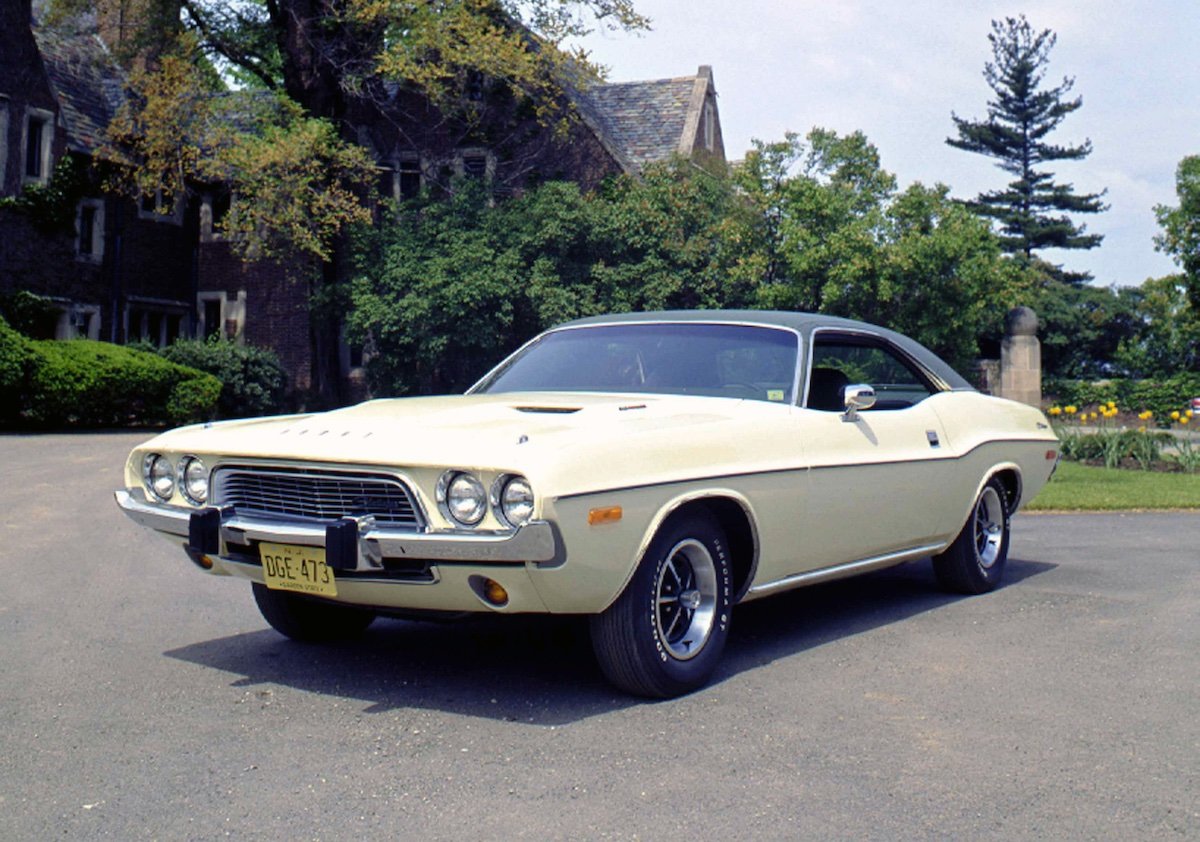
Most Challengers available in Australia will be left-hand drive coupes, most likely with the 318 or 383 cubic inch engines and an automatic transmission (Image: Stellantis)
Things To Watch Out for When Buying a Used Dodge Challenger (1970-73)
-
Rust in the floors, sills and under the vinyl roof covering
-
Door-hinge wear requiring the doors to be lifted when being closed
-
Engine oil leaks around the heads and main bearing seal
-
Replica ‘six-pack’ carburettors affect the value of 440-6 cars
-
Sagging front suspension, especially on big-block cars
-
Peeling plasti-wood interior trim
-
Sagging seats and split trim
Valuation Timeline Dodge Challenger (1970-73)
🛠️ Timeline
Investment Rating
7 / 10

